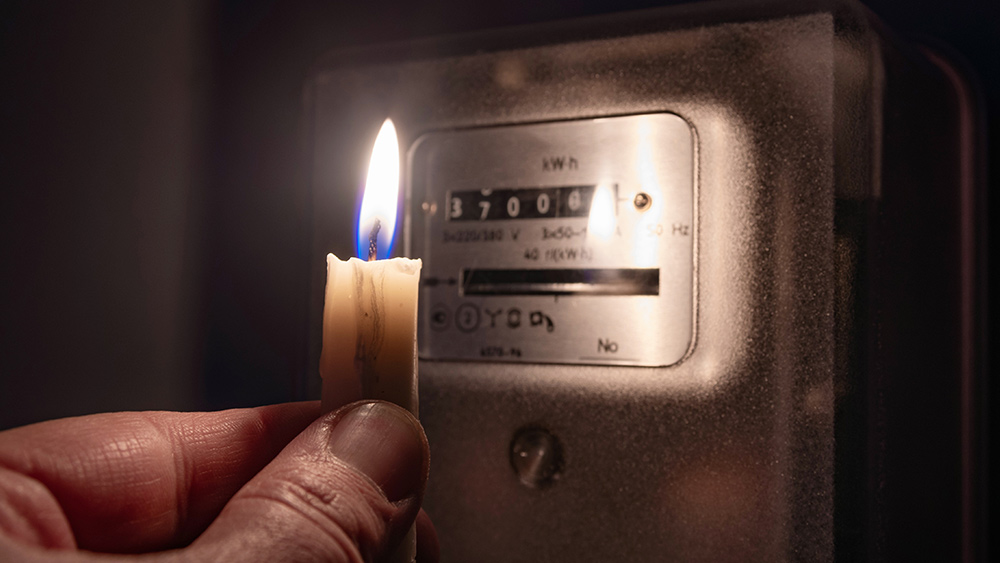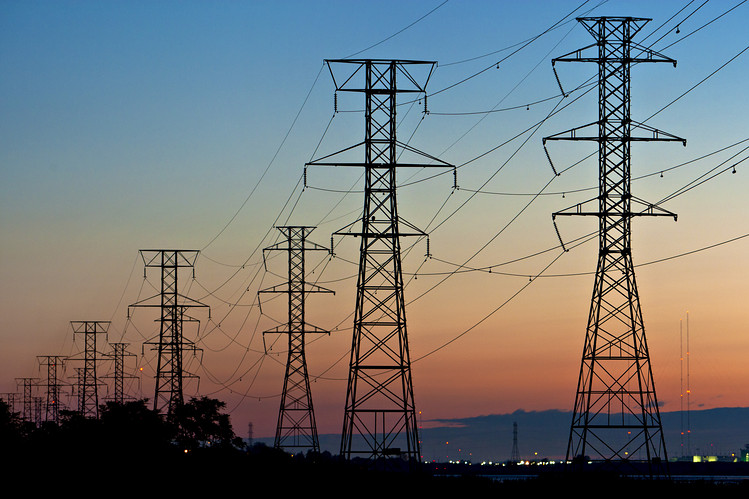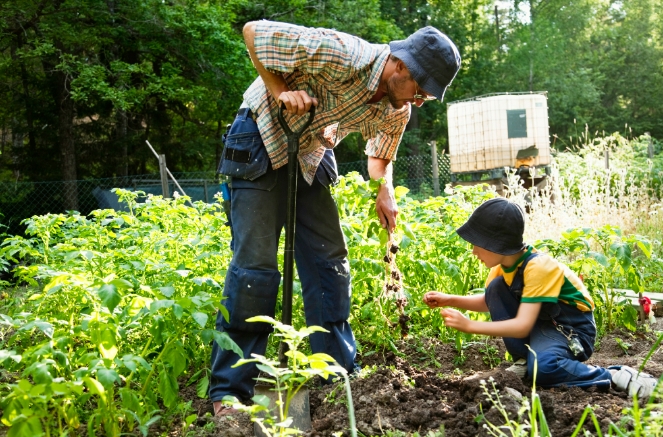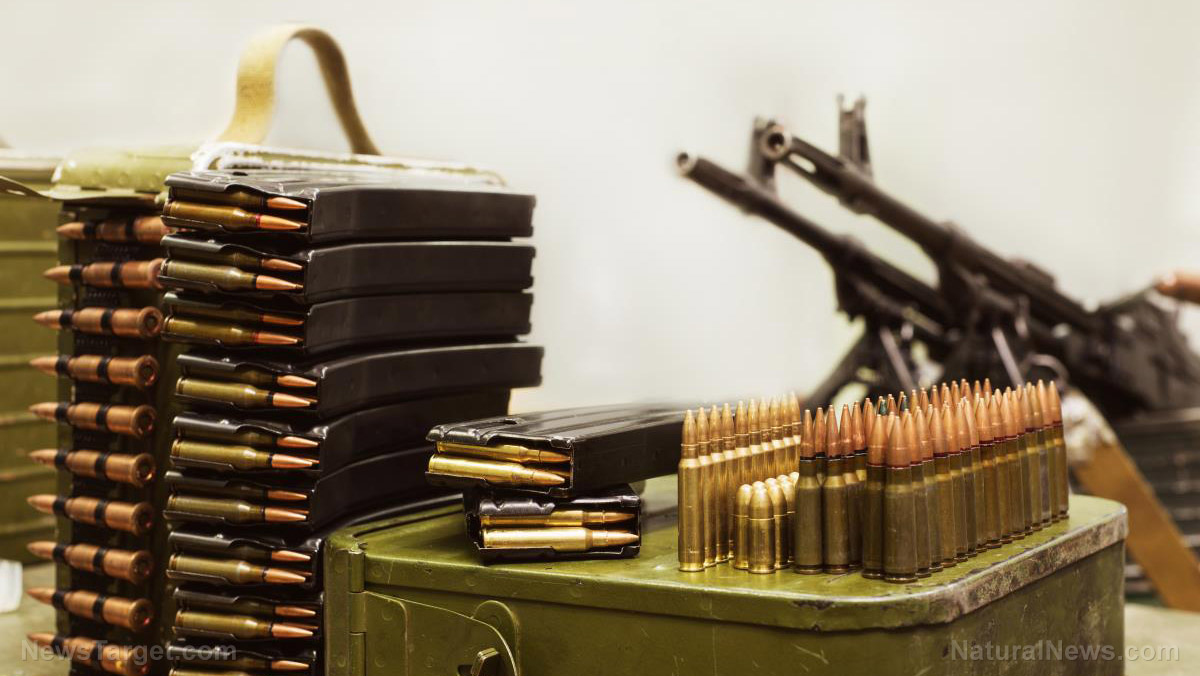Things you need to prepare in order to deal with blackouts and emergencies
11/27/2023 / By Olivia Cook

Here are some things that you need to prepare to deal with blackouts and emergencies.
Family power outage plan
Strategically store rechargeable-battery flashlights, camping lanterns and other alternative light sources, such as glowsticks, throughout your house so everyone has immediate access to light when the power goes out. (Related: LIGHTS OUT: 20 Things you need to do during a power outage.)
If you have younger children, store glowsticks near their beds. Teach them not to be afraid of the sudden darkness; tell them where they can access their glowsticks and show them how to activate them. Finally, instruct them to stay in their rooms until you can come and get them.
Give older children a fully-charged headlamp to keep their hands free and reduce their risk of tripping, falling or running into something in the dark on their way to meet up with other household members. This way, you’ll know where everyone is.
Water
Determine each household member’s daily water requirements, including your pet’s, so you can stock ample amounts of water for hydration and hygiene before SHTF. Include supplemental water requirements in your calculation so you can cook food, wash clothes and other personal items, clean your home and water your garden.
Emergency water storage must be a part of every household; include varied filtration options for emergencies.
Food
Stock up food for daily use or emergencies and disasters. Determine your family’s dietary preferences and nutritional requirements and make sure you have enough storage space for your food stockpile. (Related: Prepper projects: Building a root cellar for food storage.)
Learn ways to stretch your food budget, like growing your own food, foraging for wild edibles and planning your meals. Explore ways to have hot meals even when the power goes out.
Back-up power
Follow three simple rules for your backup system: Keep your backup system small and simple (e.g., battery banks), portable (e.g., uninterruptible power supply or UPS) and prioritize your NEEDS vs WANTS. (Related: SHTF essentials: 7 Alternate power sources for emergencies.)
Learn more about backup power systems, batteries, inverters and powering your load requirements. You may also want to check out lessons from Venezuela about going stealth when using generators.
First aid
Keep a well-stocked first aid kit. Research what plants you can grow indoors or in small apartment spaces that both serve as survival food and medicine. Learn how to use these as home remedies. (Related: 8 Natural ways to keep mosquitoes at bay.)
Keep an eye out for opportunities that offer training on how to handle basic emergencies. Build a library of reference materials, such as books or handy pocket manuals on first aid fundamentals for survival that cover everything from minor bumps and scrapes to full-blown emergency or disaster response.
Those that provide you with clear, concise but detailed instructions and tips for improvising emergency solutions with common household items would be a great and invaluable find.
Blackout box
Also referred to as a power outage kit, a blackout box is a separate waterproof container of supplies, small tools and equipment that you can use to illuminate your home in the event of a short-duration power outage or a long-duration blackout.
It’s also a good idea to prepare a power outage kit for your vehicle and your work office.
Learning about power outage kits and what should be in them as well as how to store batteries for the long term will come in handy.
Lights
Strategically pre-place candles, oil or rechargeable lamps and other alternative light sources in areas where you want to use them. Invest in a few solar-powered torches, position them outside your home and make sure all your alternative light sources are in good working condition.
Communications
Hand-cranked and rechargeable battery-operated radios are useful items to have when regular communications fail during emergency situations.
If you want to communicate back and forth, consider a handheld transceiver radio. But you’ll need to get a ham and/or GMRS license to legally operate one.
Manual tools
Make sure you have an inventory of manual tools for kitchen use, (e.g., can opener, knives, sharpening tools), home repair, plumbing and rescue (e.g., ax, bolt cutters, crowbar, pliers, screwdrivers, sledgehammer, wrenches and so on).
Cash
Always keep a container with cash ready for when you need to venture out and there are stores still open where you can replenish your supplies.
Visit Preparedness.news for more stories like this.
Watch the following video to learn how to prepare for power outages and imminent blackouts.
This video is from the Daily Videos channel on Brighteon,com.
More related stories:
Survival tips: Alternate power sources for your homestead.
Emergency preparedness: How to survive a power outage.
Prepper must-haves: What to stock up on before a summer or winter power outage.
Sources include:
Submit a correction >>
Tagged Under:
alternative power source, blackout, Collapse, disaster, electricity, energy supply, Gear, grid down, homesteading, off grid, power, power grid, Power Outage, preparedness, prepper, prepping, SHTF, survival, survival gear, tips
This article may contain statements that reflect the opinion of the author
Get independent news alerts on natural cures, food lab tests, cannabis medicine, science, robotics, drones, privacy and more from NewsTarget.com
Get independent news alerts on natural cures, food lab tests, cannabis medicine, science, robotics, drones, privacy and more from NewsTarget.com
RECENT NEWS & ARTICLES
COPYRIGHT © 2017 · SURVIVAL NEWS





















